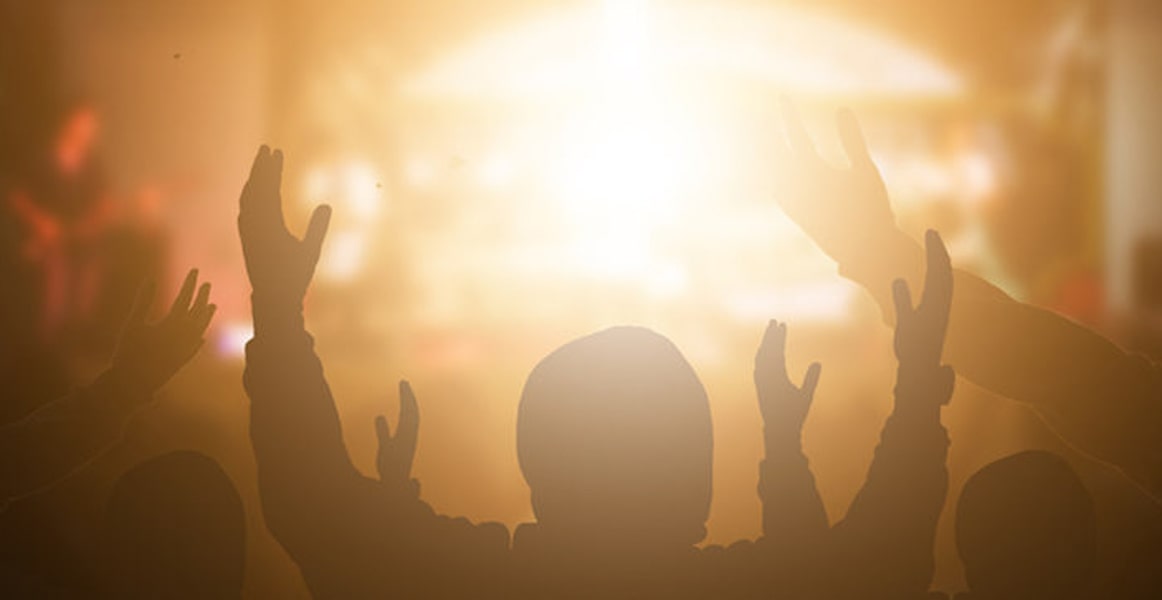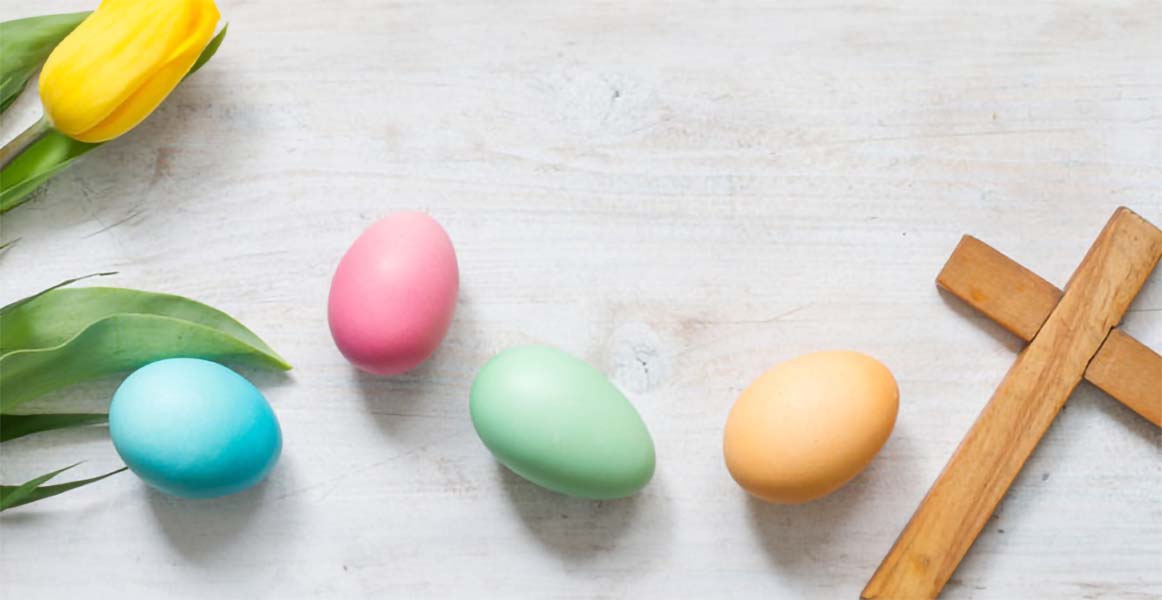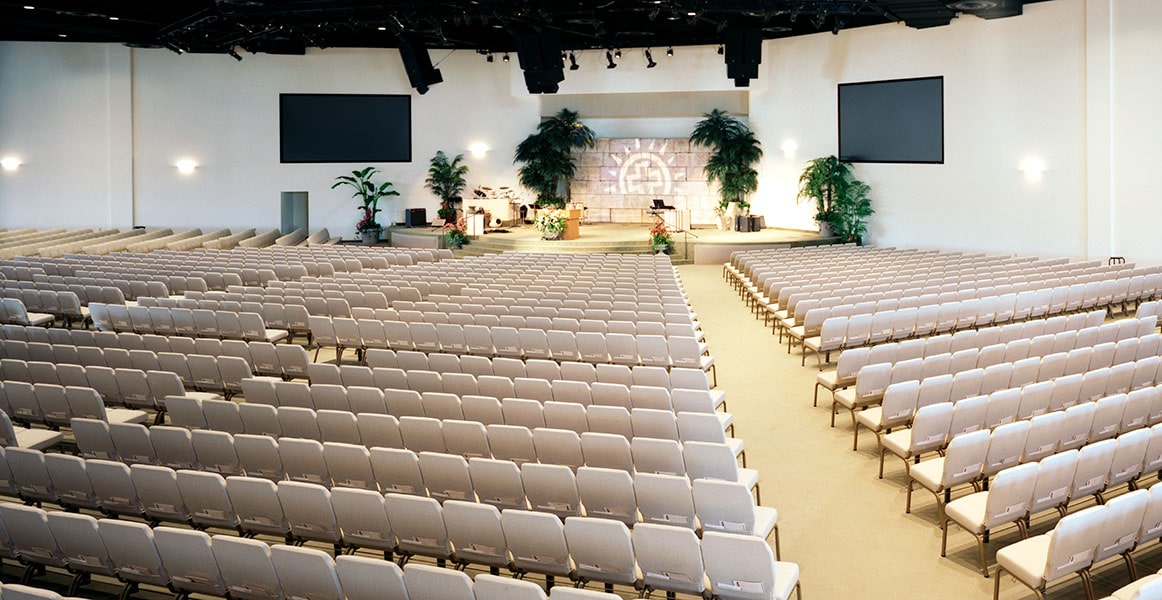Whether for Sunday services or parties that include a Christian band, having proper lighting will improve every experience for your members. Great lighting can help you accomplish many things such as enhancing the emotional experience for those in attendance and helping guide the focus of an event or service by showing people where to look.
3 Key Pieces of Lighting Equipment for Every Church
Knowing a couple of lighting basics can be a huge benefit to you and your congregation. Let’s start by reviewing the different types of lighting equipment.
- The basic lighting fixture that everyone needs is called the “par can.” It’s a fixture that holds a variety of lamps in order to provide an assortment of lighting options.
- Install bars are permanent fixtures used to hang ceiling lights, often lighting bars.
- Light stands are portable tools used to hold lights that are strategically placed for events and performances.
The type of light bulbs you use also matters. Warm or cool lights can be used to create certain moods. Consider using LED bulbs because they last longer, provide stronger light, and use less electricity.
Specialty Lighting Equipment
Once you have the basics, there are other things you can add to improve the lighting of your events.
- Lanterns
- Fresnel lanterns
- Spotlights
- Lighting bars
- Lighting rigs
- Colored light gels or colored bulbs
How to Choose Lighting Equipment for Your Church
Before making a lighting equipment purchase, do an inventory of your equipment and then ask yourself a few questions.
- Do you need more equipment to effectively light the space and accommodate the type of events and services you host?
- What features do you want from the lighting equipment?
- Should they provide color and dimming options?
- Do you want portable lights or installed lights for permanent positioning?
Identify Preferred Lighting Positions
To get the right equipment for your church, you will need to figure out how many lighting angles will look best for the types of events held at your church. Here are the most common lighting positions.
- One-point lighting uses a “key light” to create a soft glow. It often needs a backdrop or reflection to diffuse the light.
- Two-point lighting shines on a focal point in addition to having a “fill light,” such as a ceiling light or chandelier, to reduce unwanted shadows and contrasts.
- Three-point lighting provides a three-dimensional look with two lights positioned from the front and a third light positioned from above to eliminate shadows.
- Four and five-point lighting are more elaborate options that are typically only needed for filming and studio photography.



